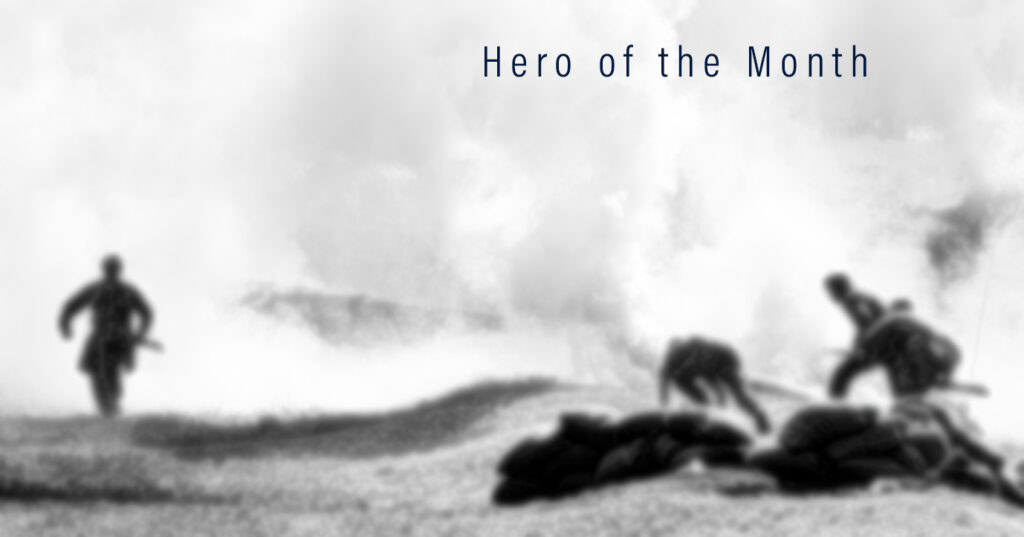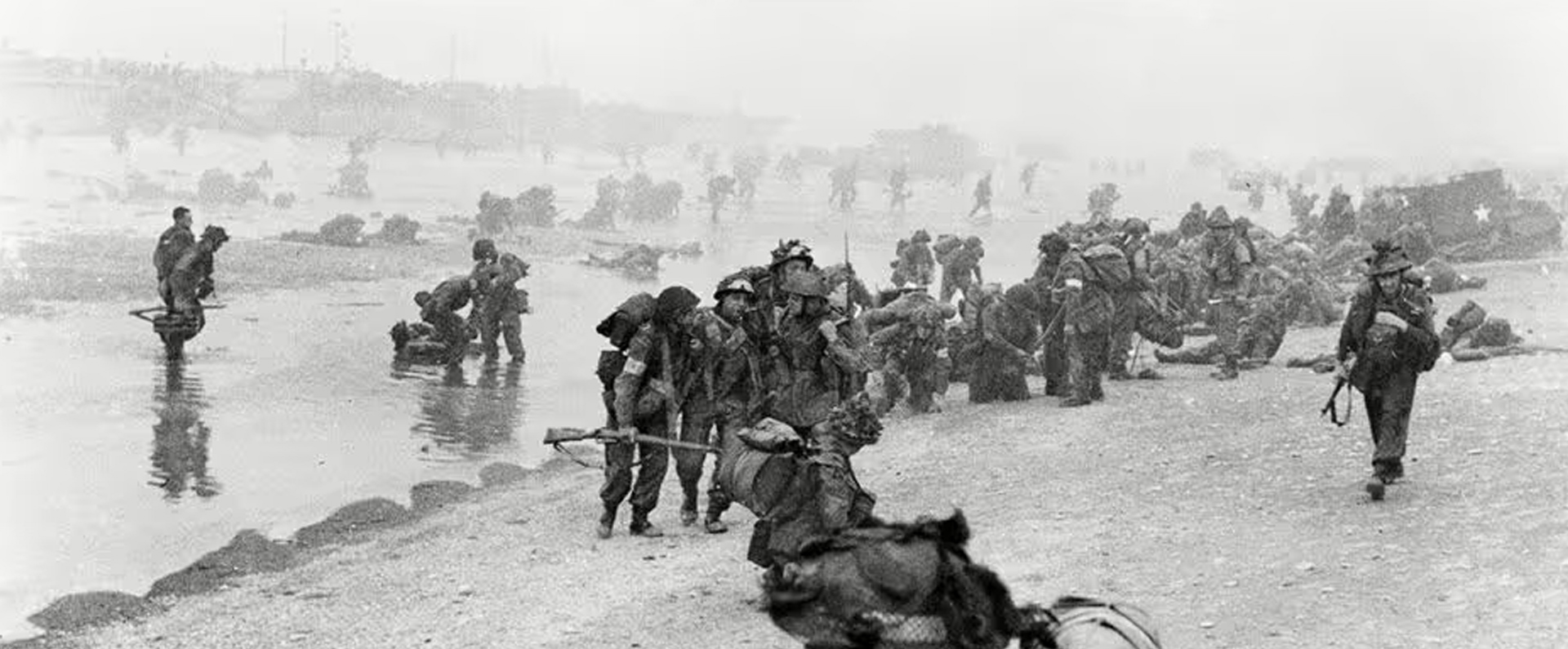
Published in Britain at War in March 2015.
Philip Neame: Endurance
Philip Neame, the son of a farmer/land agent, was born in Macknade, near Faversham, Kent, on 12 December 1888. After being educated at St Michael’s School in Westgate, Kent, and Cheltenham College, Gloucestershire, he attended the Royal Military Academy (RMA) , Woolwich.
Neame was commissioned as a 2nd lieutenant into the Royal Engineers in July 1908 and, during the Great War, he was one of five brothers from his family to serve in the Armed Forces.
As a subaltern with the 15th Field Company, Royal Engineers, 8th Division, Neame arrived in France in November 1914 and soon he and his comrades had occupied positions in waterlogged ground near Neuve Chapelle.
On 27 November, Neame was part of a small party that blew up Moated Grange, a farm building being used by German snipers, and over the next three weeks he and his comrades carried out a series of attacks on other enemy positions.
The action for which Neame was awarded the VC took place on 19 December 1914. During the previous night, Allied forces had attacked enemy positions at Moated Grange and attempted to link the German trench system to the British one so as to gain ground.
In the morning, the Germans launched a counter-attack using bombs and Neame, by this point a lieutenant, was ordered by his CO to consolidate the position. He advanced towards the fighting where he learnt from the forward infantry commander that the Germans appeared to have fought off the British advance: the enemy was still throwing bombs and the British, according to the senior officer, could not retaliate because all the men were wounded.
In fact, when he found one of the British servicemen he explained to Neame that he and his comrades did not have the know-how to light the damp fuses to the bombs. Neame, however, knew a way to detonate the bombs without a fuse and he ordered everyone to collect every available bomb so that he could target the two enemy positions.
Neame initially concentrated on the position directly in front of the men and had to stand up on the fire-step, exposing himself to the enemy, before throwing each bomb. Each time he did this, he came under German machine-gun fire but he always got back down again before any bullets hit him.
Time and again, Neame threw his bombs and screams from the enemy positions indicated the success of his one-man attack. Soon, the enemy bombing petered out and eventually it stopped altogether. By this point, many of the wounded men had been rescued.
Neame then held his advanced position with three infantrymen until ordered to move back. Neame now became aware of the heavy casualties – dead and wounded – from the fighting earlier in the day and he began taking one wounded man along a ditch until the enemy fire became too heavy. Neame then switched to taking the injured man along a road in full view of the enemy, who chose not to fire, before handing him to stretcher-bearers.
Neame’s action-packed day ended when he was told to take a party of men to repair the British front line of defences because the commanders feared a German counter-attack.
On Christmas Day, Neame learned that he had been recommended for the VC, his award being announced on 18 February 1915. His VC was presented to him by George V in an investiture at Windsor Castle on 19 July 1915. I have included his VC under the “endurance” label because he showed courage during a whole day under great pressure to succeed.
Neame served with distinction for the remainder of the war, during which he received the Distinguished Service Order (DSO), and he had advanced into Belgium when the war ended on 11 November 1918. His other awards included the French and Belgium Croix de Guerre and the French Légion D’Honneur.
Neame remained in the Army after the war and was promoted to lieutenant colonel in 1919, and then to full colonel in 1926. Ten years after his VC action he won a gold medal for shooting in the 1924 Paris Olympics, thereby becoming the first and, to date, only man to have received the VC and an Olympic gold medal. His other interests included exploring, polo, shooting and hunting.
While participating in big game hunting in India in 1933, Neame was mauled by a tigress and needed hospital attention. Harriet Alberta, the nurse who treated him, went on to marry him in the following year in Bombay and the couple eventually had four children together.
During the Second World War, Neame again served in the Army but he was captured and taken as a Prisoner of War in April 1941 while serving in Cyrenaica (now Libya). He used his time in captivity to write his autobiography, which he hid from his captors. Incredibly, his hand-written book was found after the war ended and returned to him.
He retired in the rank of lieutenant general in 1947. Sir Philip Neame, whose many distinctions and decorations included a knighthood, died at Selling near Faversham, Kent – close to his birthplace – on 28 April 1978, aged eighty-nine.
Neame’s medal group is not part of my VC collection but it is on display at Imperial War Museums, London.
Download a PDF of the original Britain at War article
For more information, visit:
LordAshcroftOnBravery.com


